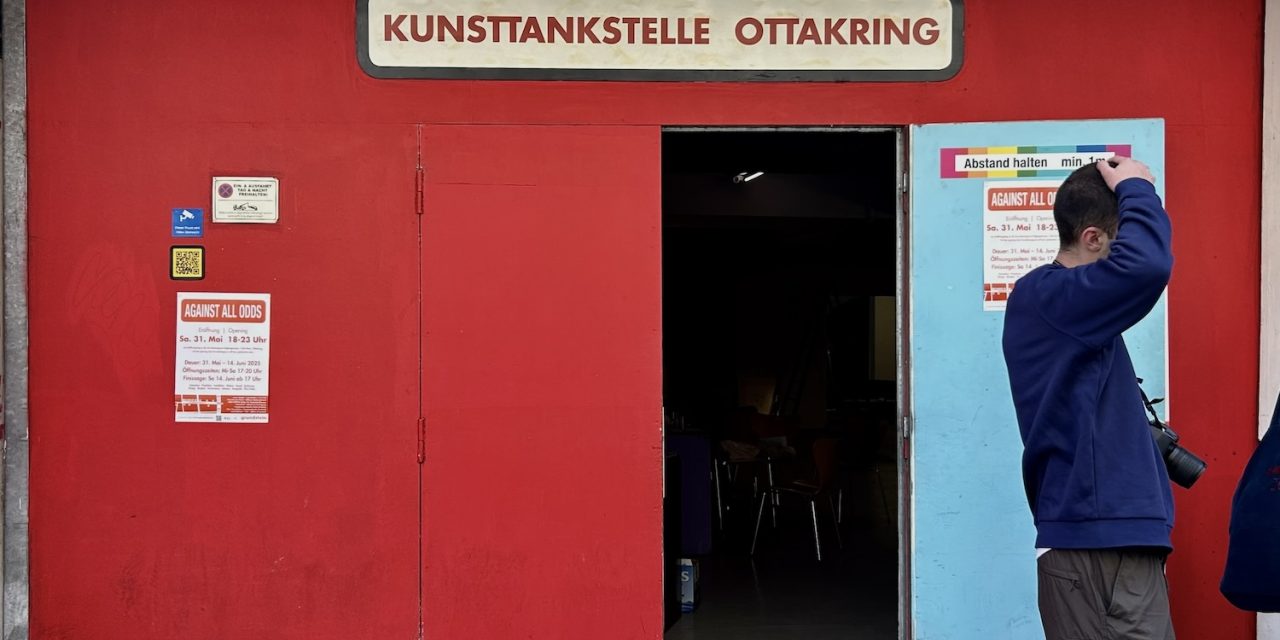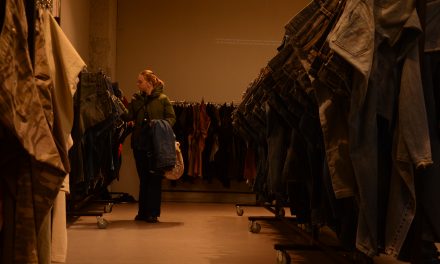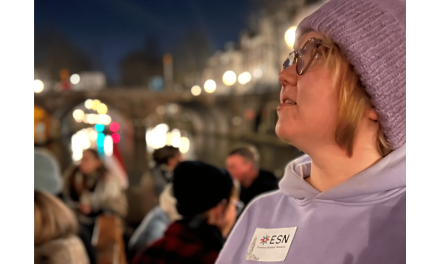Situated in the western part of Vienna, the Ottakring district has long been a culturally diverse area, marked by migration, working-class practices, and a vibrant neighbourhood life. In recent years, the urban landscape has begun to transform with the modernisation of infrastructure and the emergence of new social groups attracted by the area’s potential. These changes have inevitably opened up the discussion of gentrification, a phenomenon often associated with rising living costs, the displacement of traditional residents, and the loss of local identity.
How does Ottakring manage to defy the classic effects of gentrification? While undergoing an intense process of urban reconfiguration, the district has been taking its own trajectory compared to other districts or cities facing the same urban pressures. It manages to mitigate the negative effects through rent control, neighbourhood cultural initiatives, and community spaces aimed at protecting social diversity and affordability.
Between past and present
Historically known as a working-class district with a strong migrant component, Ottakring came into the sight of urban developers in the early 2000s, when many artists started renting spaces in cheaper buildings to turn them into studios. The transformations did not have a sudden starting point but evolved gradually, with the renovation of infrastructure and public spaces, as well as the emergence of art galleries, cafés and restaurants around Yppenplatz and Brunnenmarkt. According to the paper “Production and Management of Urban Diversity and Sociability in Place-Making of Brunnenviertel, Vienna” by Byeongsun Ahn from the University of Vienna, presented at the Urban Affairs Association 49th Annual Conference, the Brunnenviertel area was transformed through an urban reconfiguration strategy that promoted a mix of multicultural traditions and a new creative class. It emphasises that the Viennese gentrification process is pursued in a “softer” form due to the rent regulation system and the resident-oriented programme that prevents displacements.
The price of change
One of the most visible signs of gentrification is the rising cost of housing. As new and higher-income classes settle in traditionally affordable areas, rents usually rise significantly, but Ottakring has managed to keep them affordable, mainly because of state intervention and resident protection policies. In the report “Gentrification in Vienna. Perspectives from science, politics, and practice”, Lukas Tockner implies that affordable public and social housing acts as an indirect rent control mechanism, limiting pressure on the private rental market. It highlights that the municipality and nonprofit housing associations provide substantially lower rents, functioning as a sector that protects the residents from market-driven rent hikes.
Source: Dataset from Immopreise
The businesses of the local economic landscape have also been affected, both negatively and positively. As prices have risen and interests and needs have changed, many small, community-oriented businesses have closed their doors over time. Many of the old, run-down buildings have been completely renovated or given a new ‘aura’, making them more appealing for a new type of clientele. This process of renewal and rebranding creates a striking contrast between the gentrified buildings and adjacent areas, where the remaining businesses have a modest and traditional appearance. However, the district has managed to preserve its multicultural and diverse spirit. Many of the former shops are still in business: they adapted to the new context and renovated the spaces without losing their authenticity.
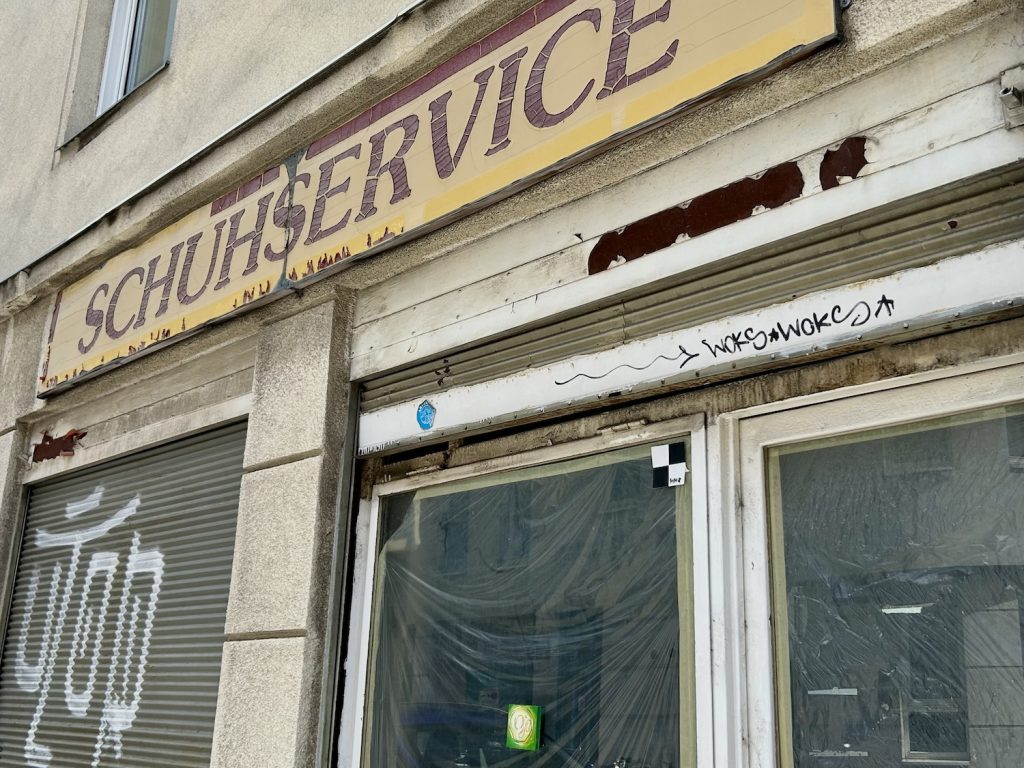

Identity through action – cultural initiatives
The 16th district of Vienna manages to avoid the most harmful effects of gentrification through the existence of an independent cultural scene, deeply rooted in the realities and diversity of the area. These initiatives and projects not only bring life to the social and urban spaces but also create contexts in which artists and art enthusiasts get to share their work and ideas. One of the oldest and most popular cultural projects in the area is SOHO Ottakring, a contemporary art and social engagement initiative that combines art and community activism. The annual festival transforms abandoned or marginalised spaces into lively places for art and dialogue, supporting participatory urbanism.
Grande Garage
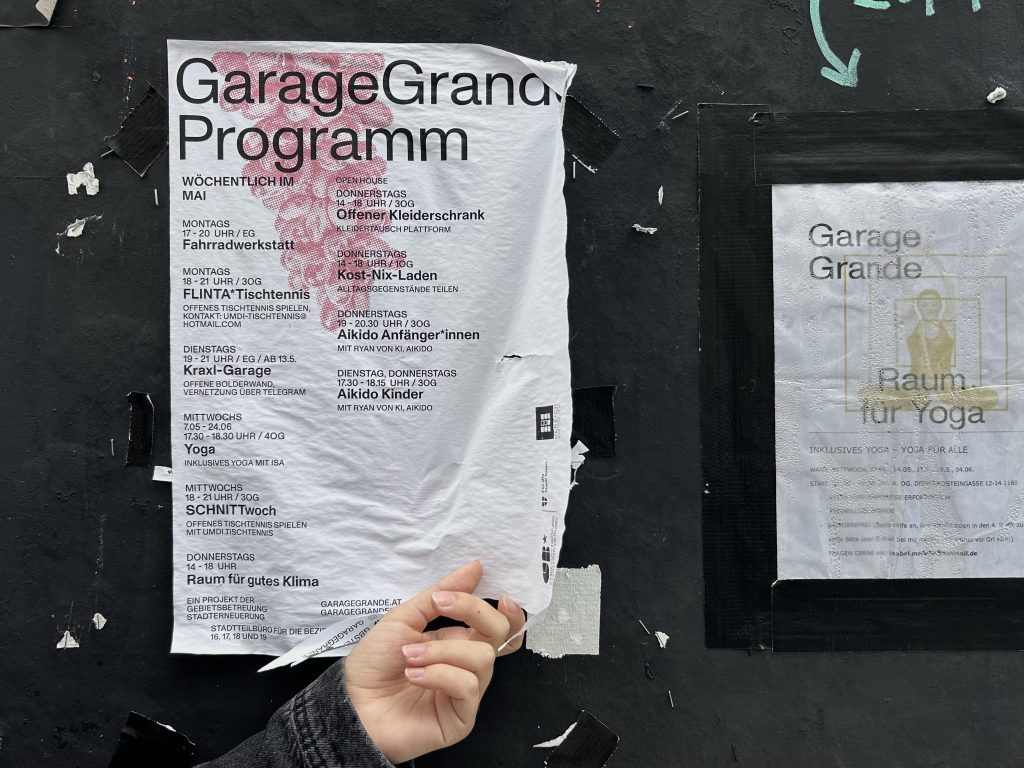
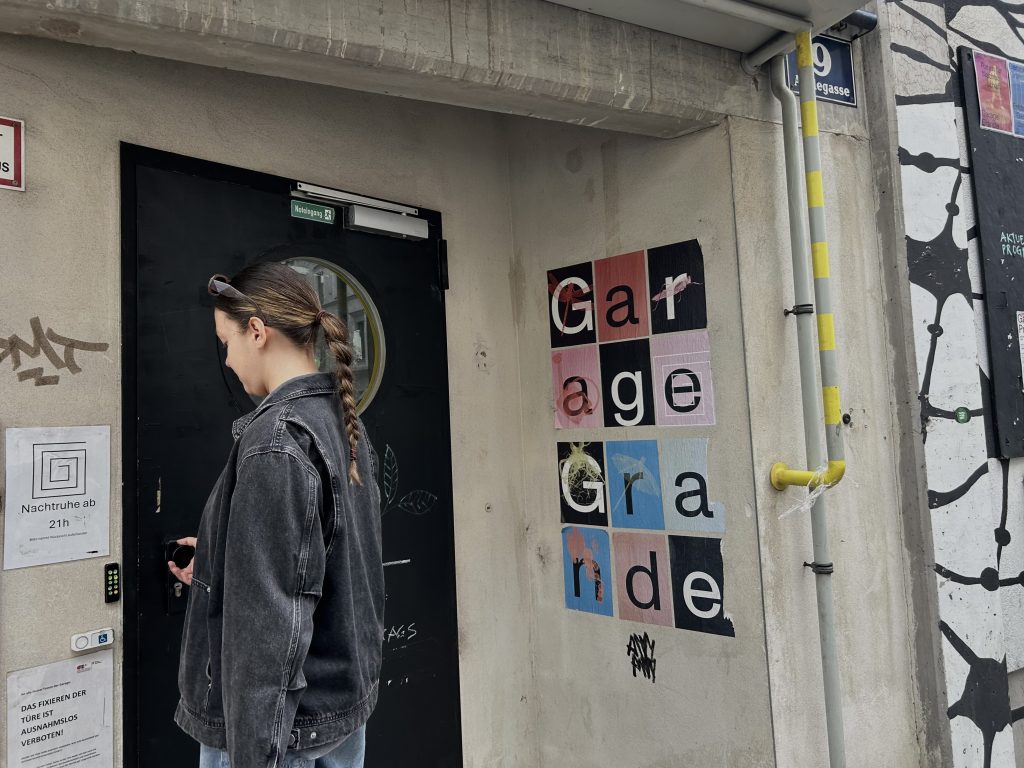
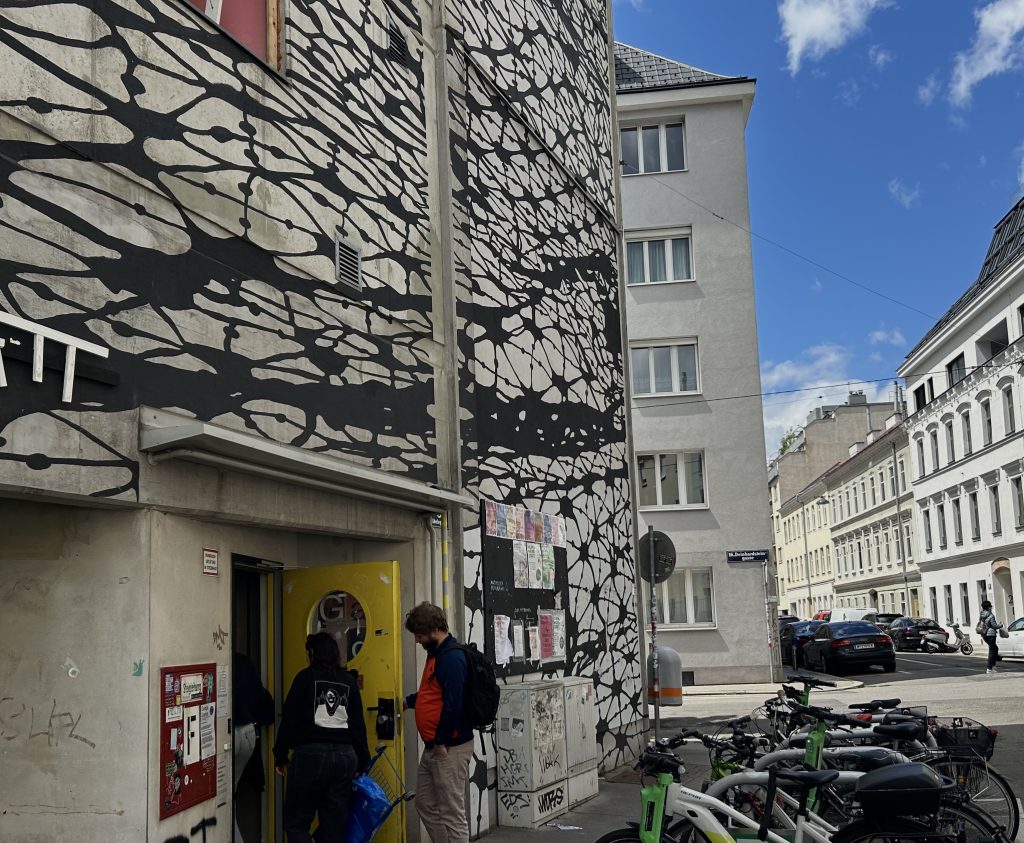
Organised by Area Support for Urban Renewal – GB, Grande Garage hosts exhibitions, workshops, crafts and experiments, screenings and discussions that reflect the urban complexity of Ottakring and support communication within the neighbourhood. Its approach and focus are on local involvement, becoming a form of creative resistance to the aesthetic often brought about by gentrification.
Brunnenmarkt, one of the longest street markets in Europe, is the heart of Ottakring. Here, dozens of nationalities coexist and collaborate every day, representing not only a place of commerce, but also a social space where communities assert their identity. As stated in the Master’s thesis “Resistance to gentrification in Vienna and Madrid” by Theresa Goisauf from the University of Vienna, in the context of renovation and upgrading, the area around Brunnenmarkt took a new shape, reflecting the transformation of the district. However, even though the market, as well as Yppenplatz, the area adjacent to it, became a bohemian hub of cafes, bars and workshops over the years, it never excluded its multicultural character.
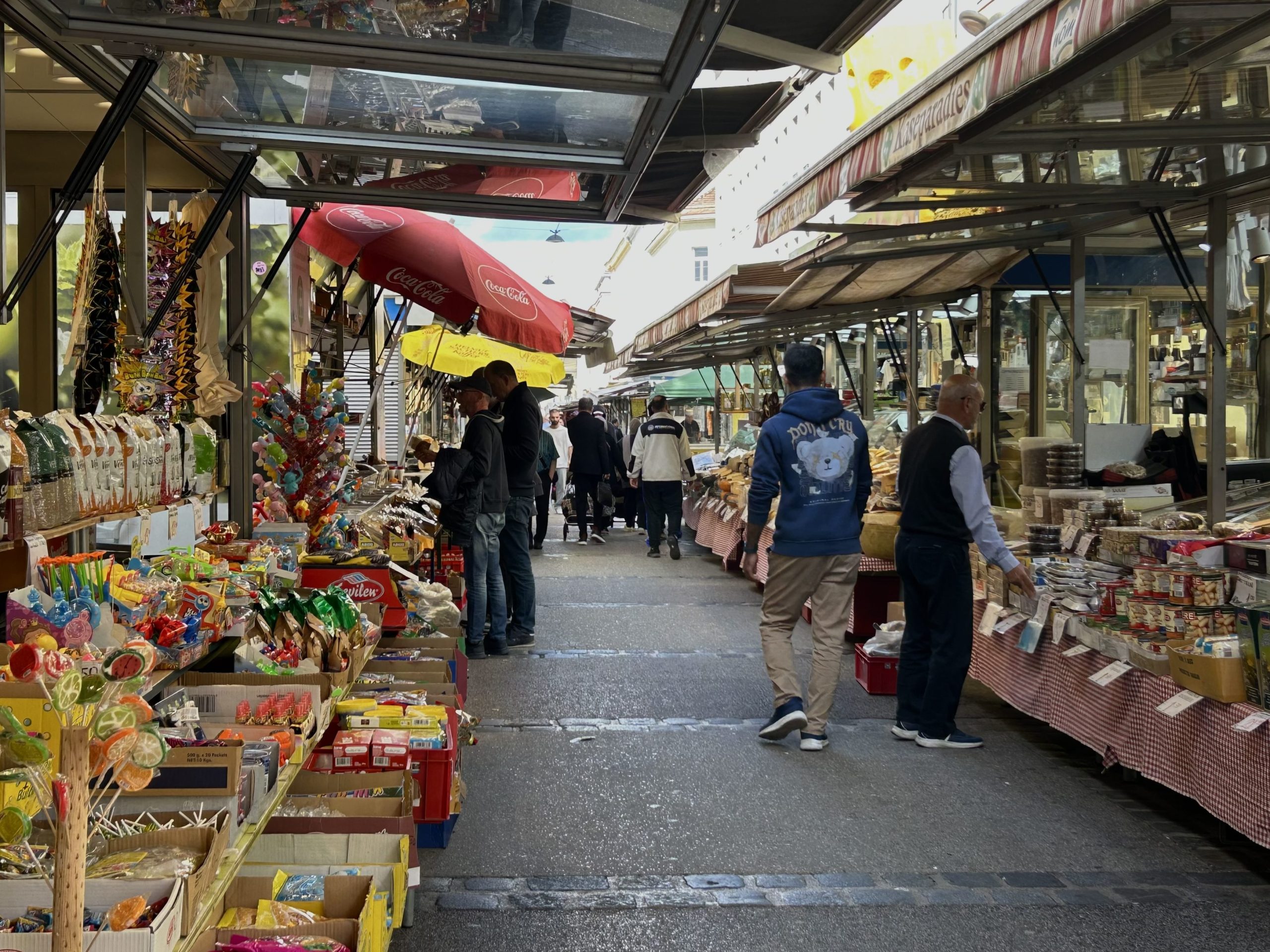
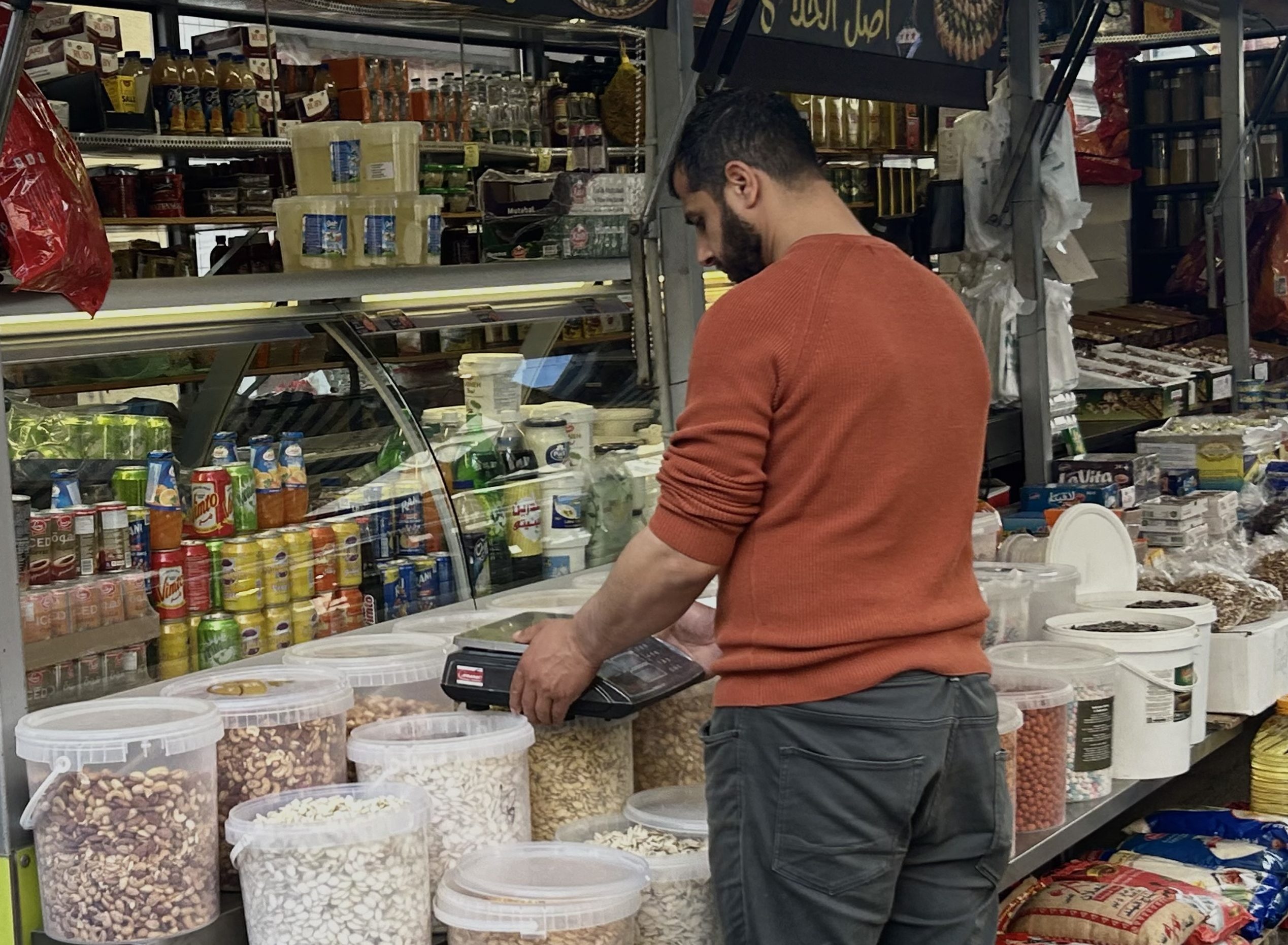
In addition to its core function, brewing, Ottakringer Brewery has been reinvented as an urban centre, hosting a wide range of public and private cultural events. Among the most popular are Ottakringer Bierfest, an annual festival celebrating local beer culture, as well as design markets, vintage fairs, street food festivals, and open-air cinema nights. Thus, Ottakringer Brauerei became an anchor for alternative urban culture in Vienna, attracting young creatives, musicians and visual artists, while also promoting and keeping its traditions alive.
The 16th district of Vienna is a remarkable example of how a neighbourhood that is being swept by the inevitable waves of gentrification has managed to maintain a diverse and deeply connected identity to its community. Instead of an accelerated process of uniformisation and modernisation of the urban space, Ottakring has undergone a careful transformation, guided by the balance of resident-oriented policies, cultural initiatives and community organisations.
